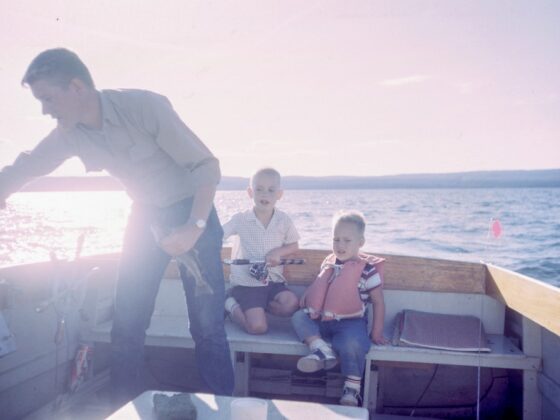Water is essential to human life. That’s a no brainer! Water is much cooler than just a refreshing drink, however. It has one special quirk that can be quite a fun challenge to explore!
What you need:
- Quarter
- Nickel
- Penny
- Dime
- Water
- Dropper (pipette)
- Paper towel
What you do:
Start out with predictions. How many drops of water do you think each coin will be able to hold? Will the water make a puddle on the coin or just flow off of the sides as you add drops? Write them down!
Lay down the paper towel in case there’s a spill. On top, lay out the various coins. Fill the dropper with water, and begin adding drops of water, one by one, to the center of the coin of your choice. We recommend starting with the penny. Make sure to count the drops as you go!
They should stick onto the coin and create a big “bubble” on the surface! Stop adding drops once the water spills over.
Questions to consider:
- Did the coins hold more water drops than you originally thought?
- Do you think this would work with other liquids? Why or why not?
- How do you think the water forms a “bubble” on top?
Why it works:
Surface tension causes the “bubble” we see on the coin. The water molecules are more attracted to each other than to any other molecules, like those in the air. A water molecule is a polar molecule, meaning one side of the molecule is positively charged and the other is negatively charged.
In surface tension, the negative ends of those molecules are pulled toward the positive ends of others, tugging them tightly toward the center. Sort of like a magnet! This causes this dome shape to form, instead of the water spilling off of the coin immediately.





